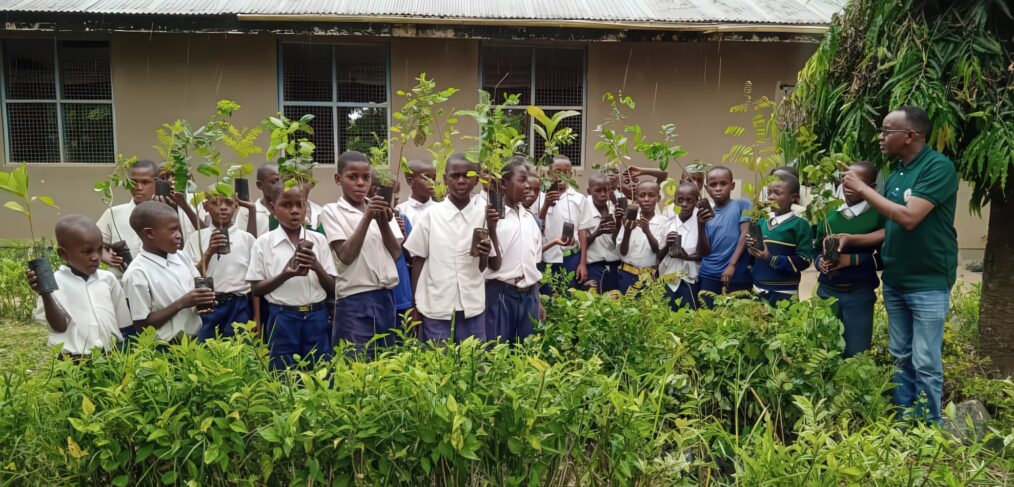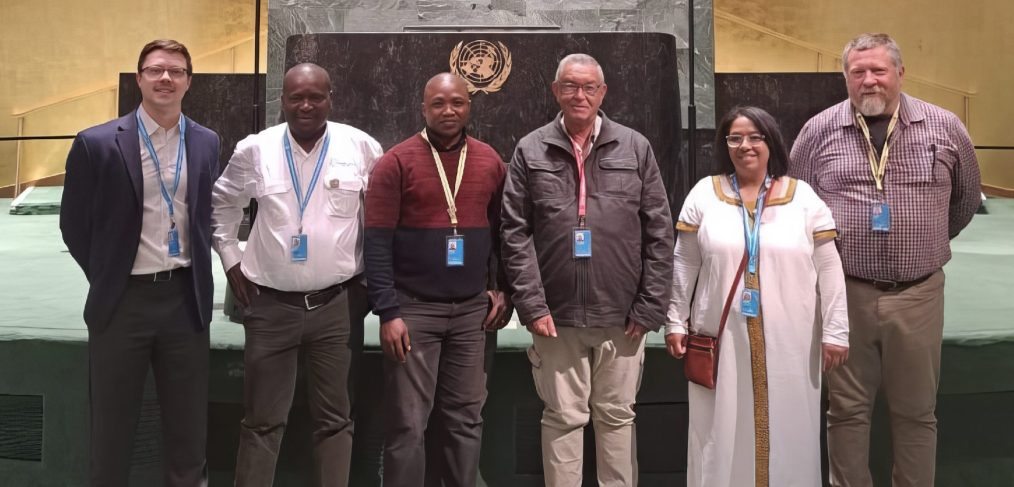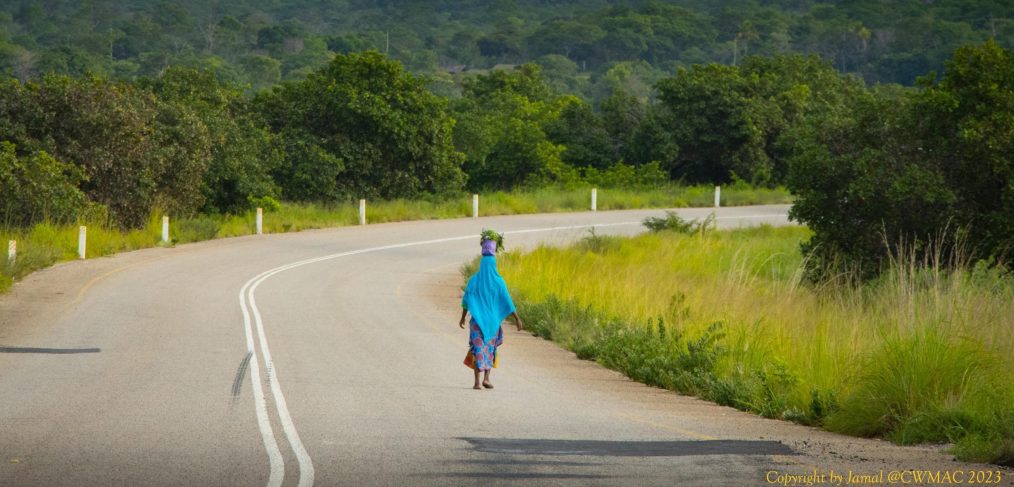In the face of climate change, global warming, and the escalating loss of natural habitats, one truth stands out: local communities are not only victims of environmental degradation but also powerful agents of change. A shining example of this truth can be found in the heart of Zanzibar, where the 9 villages of Kitogani have become a beacon of hope through their committed efforts to conserve the Pange Juu Community Forest.
As the Chairperson of Community Leaders Network of Southern Africa, I participated in the recent 22nd Session of the United Nations Permanent Forum on Indigenous Issues (UNPFII) held in New York, USA. It was a real eye opener for me, as I started to appreciate the challenges, abuse and human rights infringements that over 6.7 million indigenous peoples around the world have had to endure.
Community Wildlife Management Areas (WMAs) in Tanzania are lands designated for wildlife conservation and managed by rural communities. Every five years, the villages associated with particular WMAs elect leaders to run their Community-Based Organisation (CBO) that is recognised by government as an Authorised Association mandated to manage their WMAs. Well-managed WMAs should achieve the twin goals of wildlife conservation and generating socio-economic benefits for community members.



